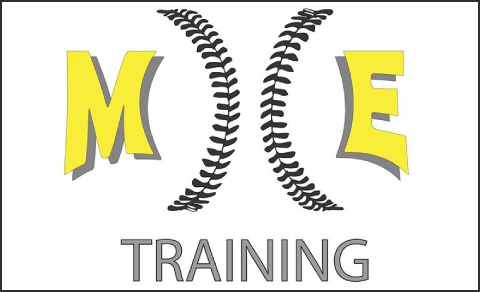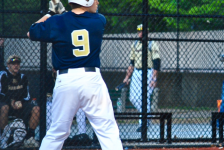Reis Lehmler just finished his freshman year at Newfield HS. It’s understandable if you haven’t heard of him yet but almost every college coach on Long Island has.
He is only 14-years-old but you recognize him as soon as he begins warming up. He’s the only submarine pitcher on the field and probably on the complex, unless there is a men’s league game going on.
All submarine pitchers begin as conventional pitchers and usually make the switch due to ineffectiveness at the professional level and to maximize their chance at being a “one-out guy” in the big leagues.
Lehmler began doing so at the age of 12–an incredibly young age for it– and it was for a different set of circumstances.
“It was a preseason game in the spring of 2012 that I had a slight tear in my arm. I was done for the season, I was really upset because I thought I was never going to play ball again. The doctor said it wasn’t that bad but that I had to be very careful as I was growing and that I needed to watch how often and how I was throwing a ball. After I got the okay from my doctor to start up again my folks decided that I needed to see a pitching coach because they did not want me getting hurt again.
Enter Neal Heaton. The former Major League veteran and graduate of Sachem HS has made a second career out of fixing young pitchers and getting them to succeed.
When a young Lehmler went to him for guidance he recommended he drop his arm angle down, like way down, to alleviate the pain and add some deception to his delivery.
What the right hander saw was immediate results.
“I lost some velocity but I noticed immediately that I had more movement on my fastball and that my arm never felt sore after throwing, not even a full game,” he said.
Since then he has been a dominant pitcher and one that will create an interesting debate for college coaches–what is the ceiling of a submarine pitcher?
In the Major Leagues, there are zero submarine starting pitchers. The main reasons are because:
- Being unconventional in the big leagues is not encouraged
- Left handed batters have a huge platoon split advantage against them and
- it lends itself to injuries because the elbow is very vulnerable from that position.
Complicating matters is that Lehmler is already throwing 80 MPH at age-14 which makes him a highly sought after commodity within the baseball community.
If he was a middling pitcher with 73 MPH heater he would only be looked at as a short reliever that is brought on to get a tough right-handed bat out. At his young age, his advanced feel for the strike zone and his devastating change up, maybe he is worthy of a max-scholarship with the intention of anchoring a rotation for four years.
This summer he has started 10 games and thrown SEVEN complete games for the Long Island Titans–whom he noted as being a big reason for his success, notably the organization’s President, Jim Clarke.
Being that not many pitching coaches have experience as a submarine pitcher, Lehmler turns to YouTube to study the mechanics of his favorite MLB pitcher-Darren O’Day of the Baltimore Orioles.
“I watched the way he throws his slider and then went to my pitching coach to help me throw a slider that will move away from a righty batter just like him,” he said.
Lehmler is the unique pitcher that stands out in a sea of similarity. Sometimes it seems pitchers all are put into a computer to generate the most efficient mechanics.
What he is will not be in any Tom Emanski videos and it will not be preached by Dr. James Andrews, but he may get what every high school player is after–a Div-I scholarship.













